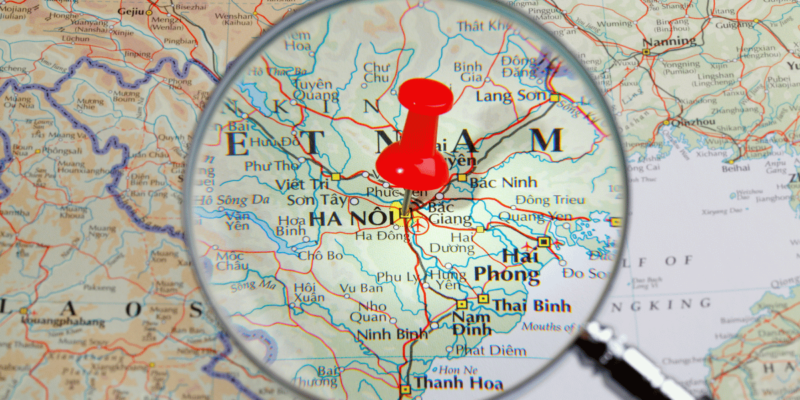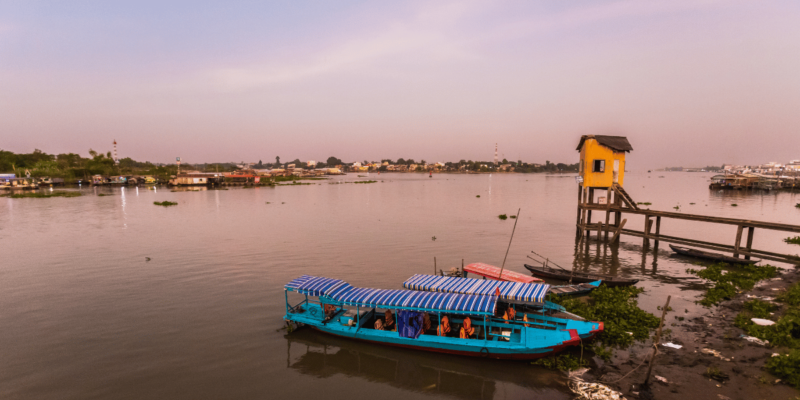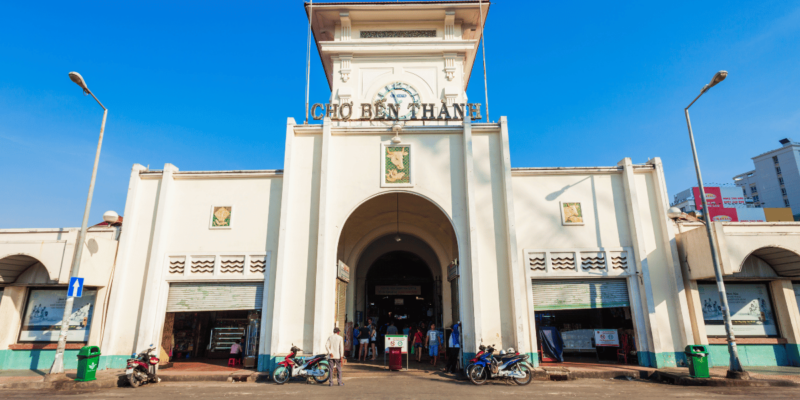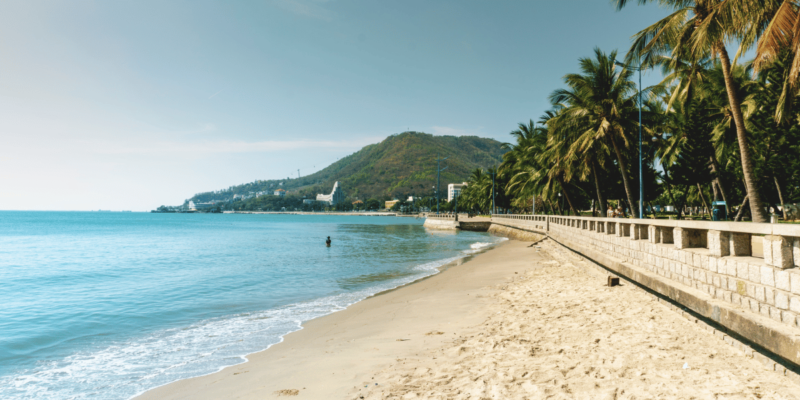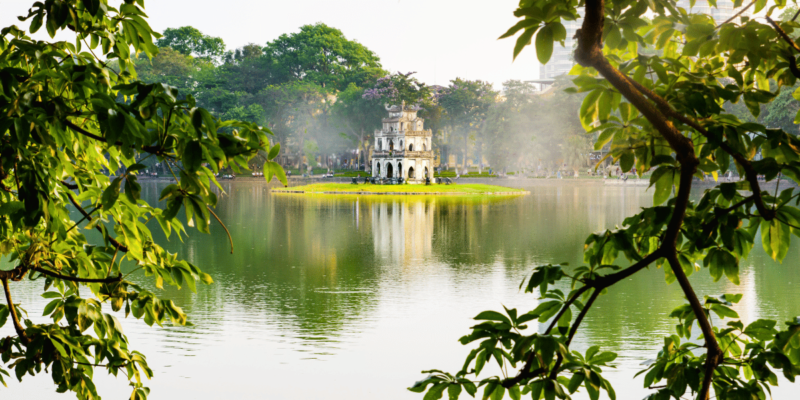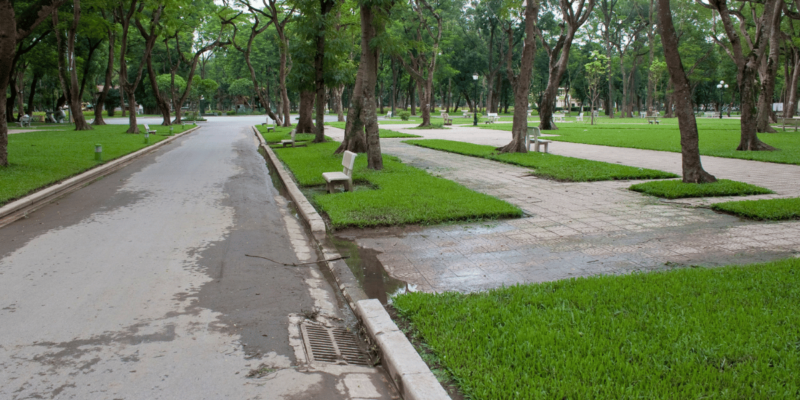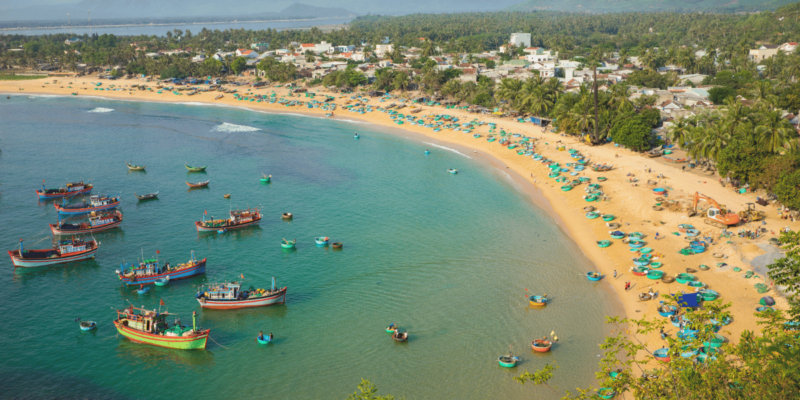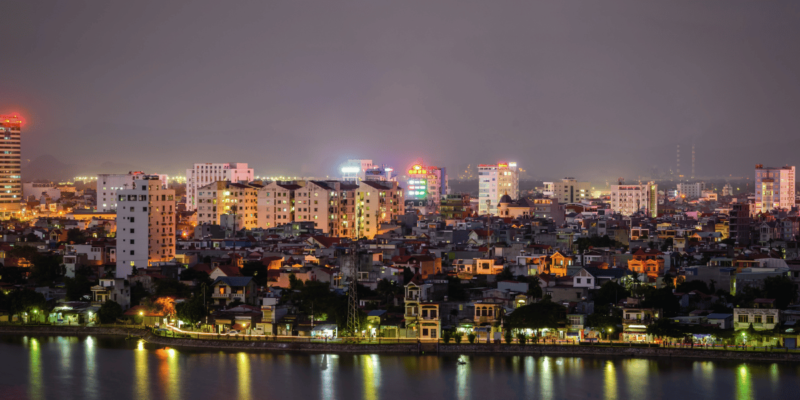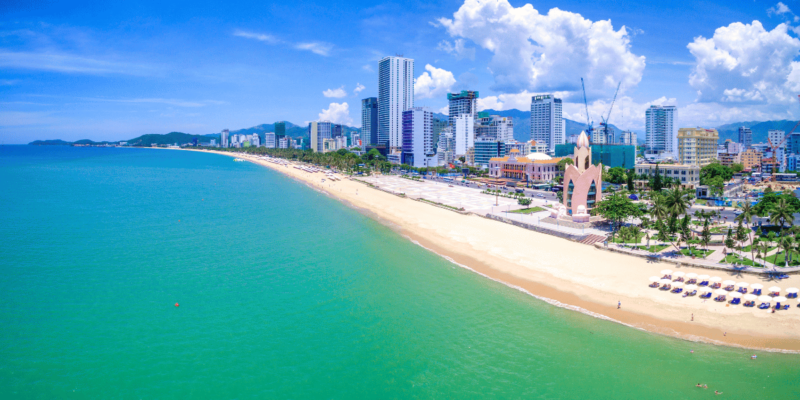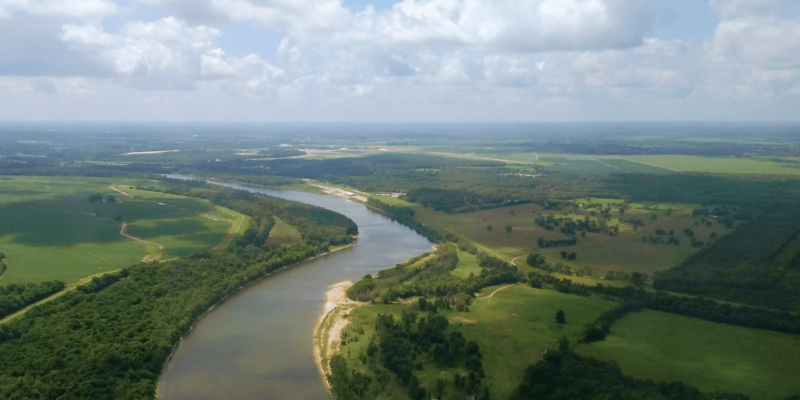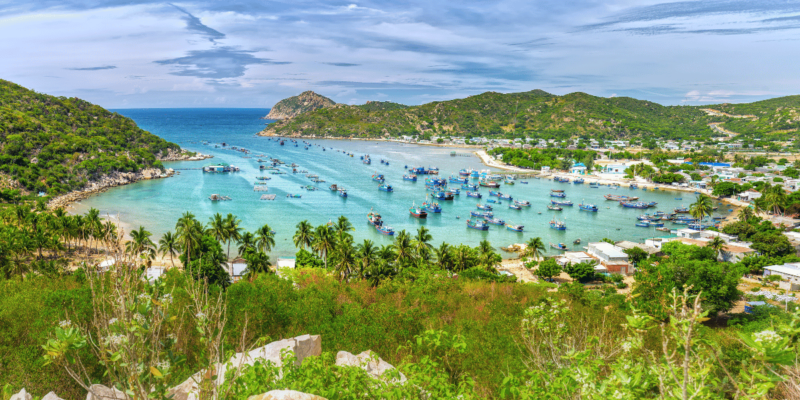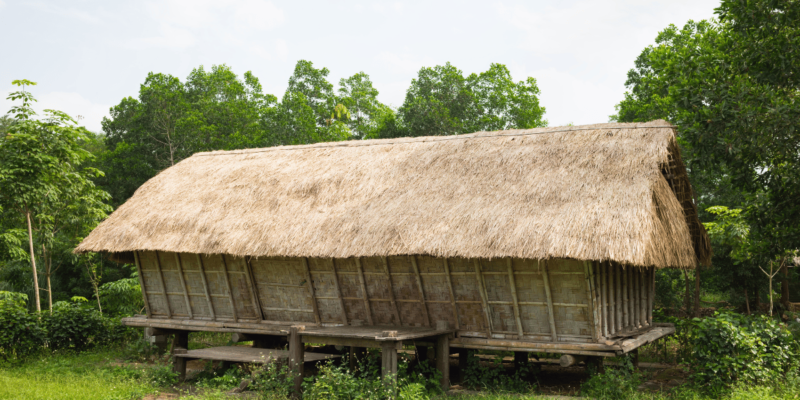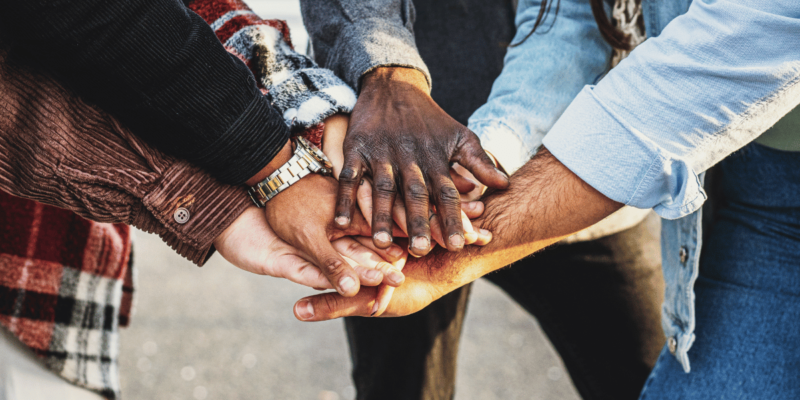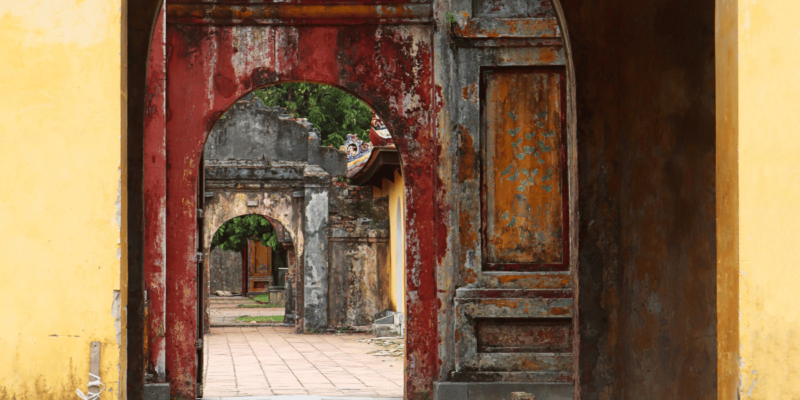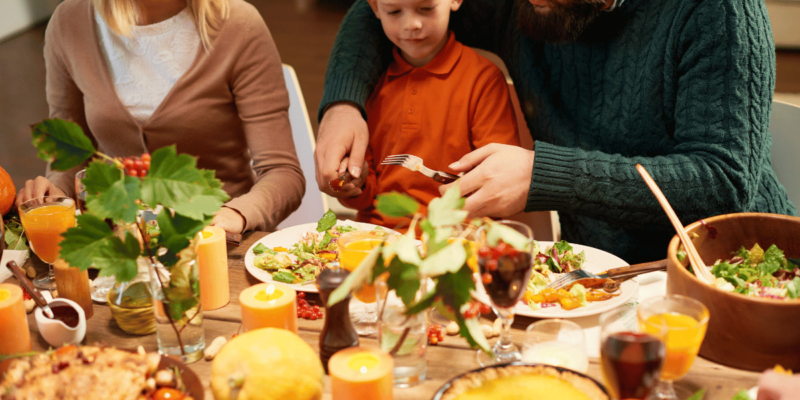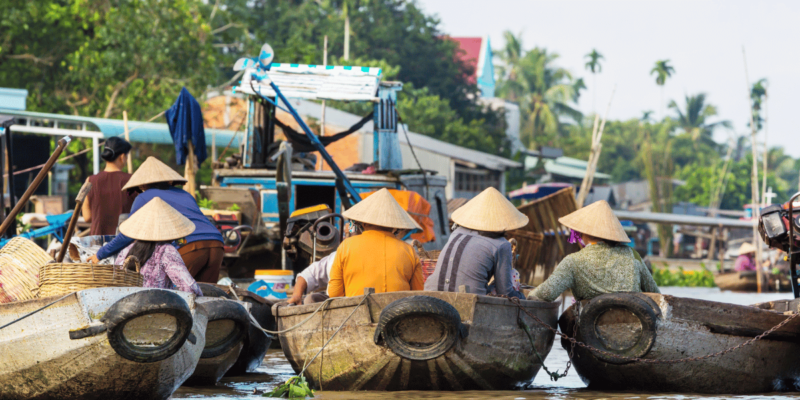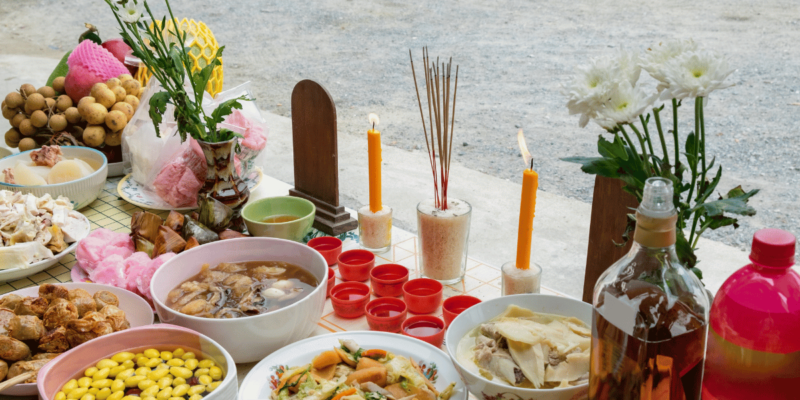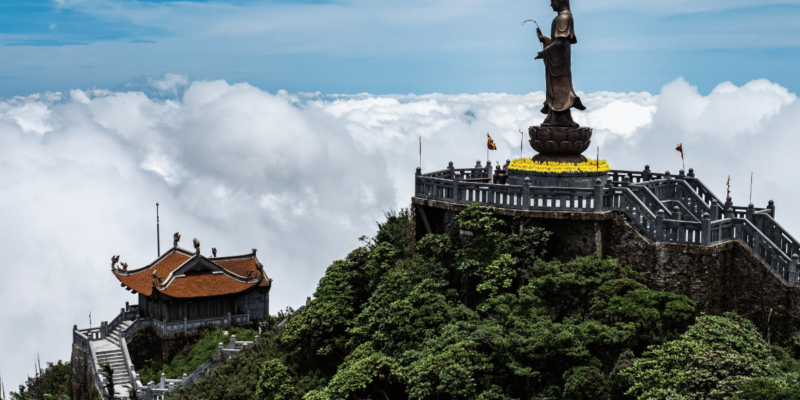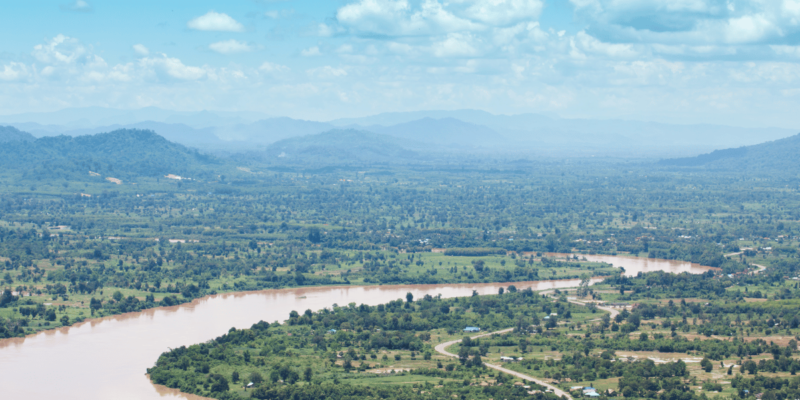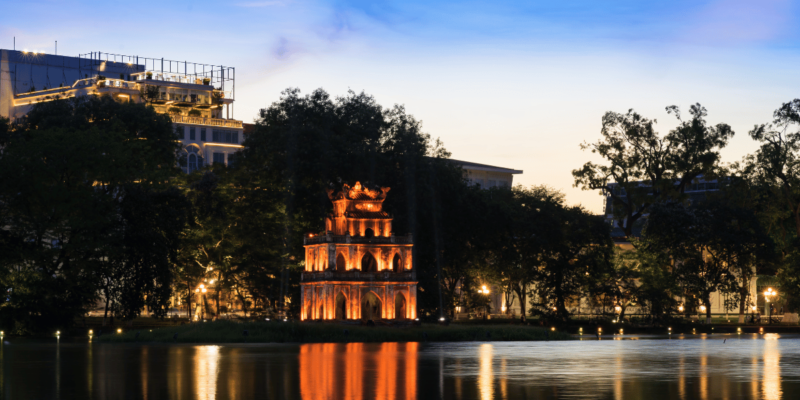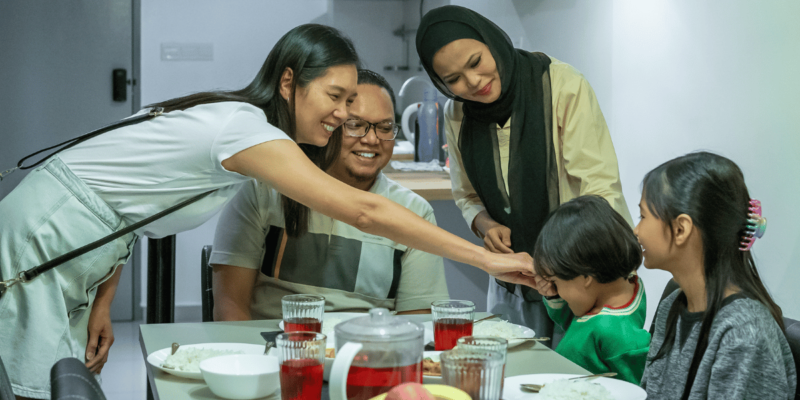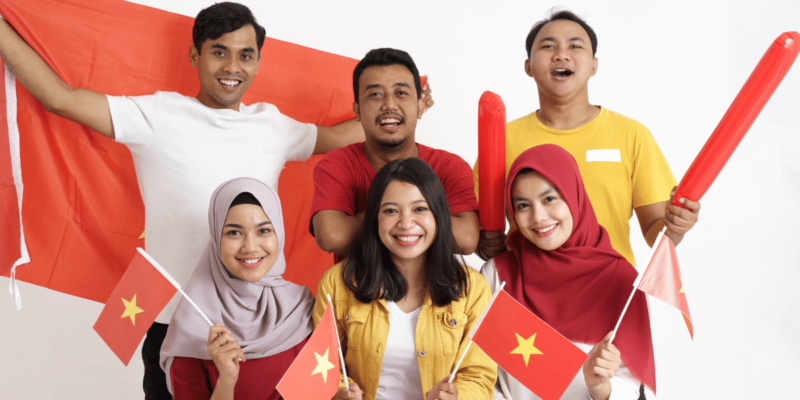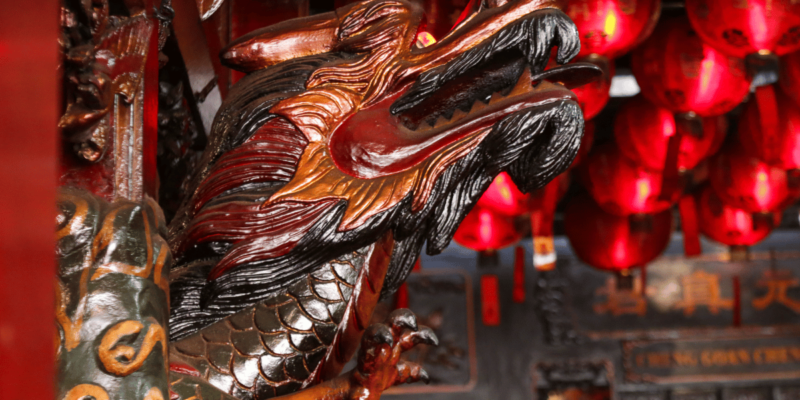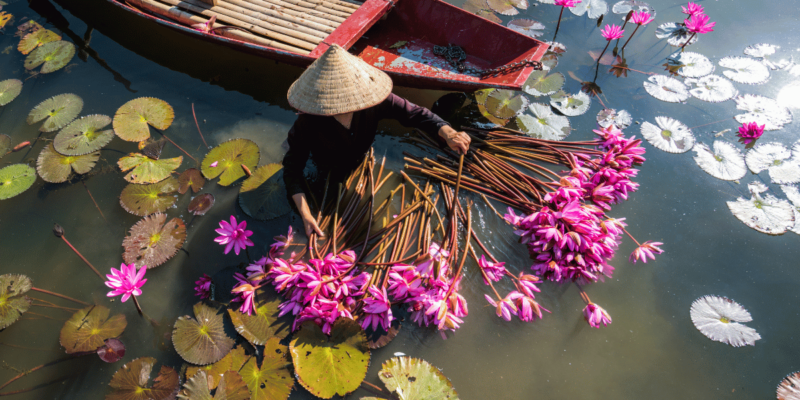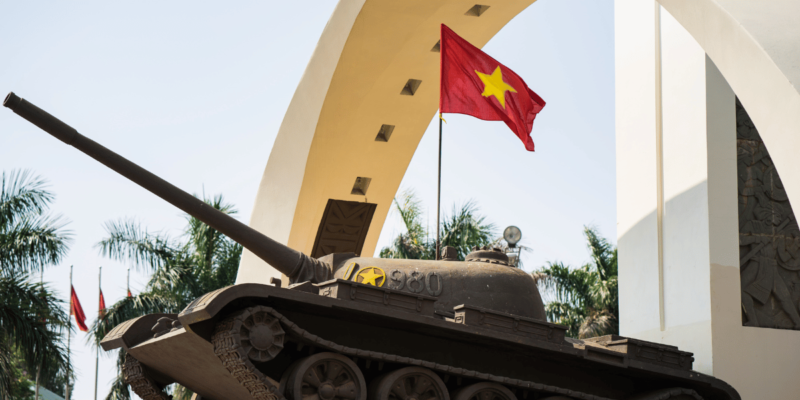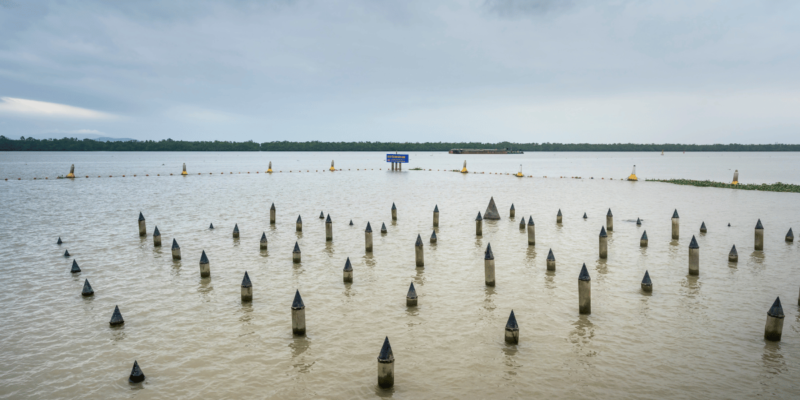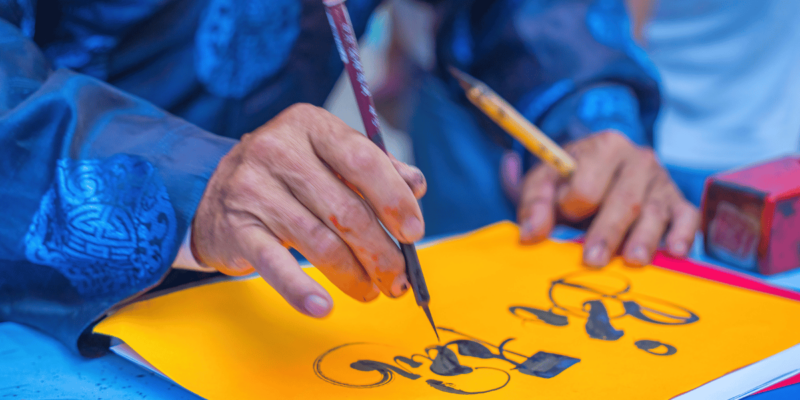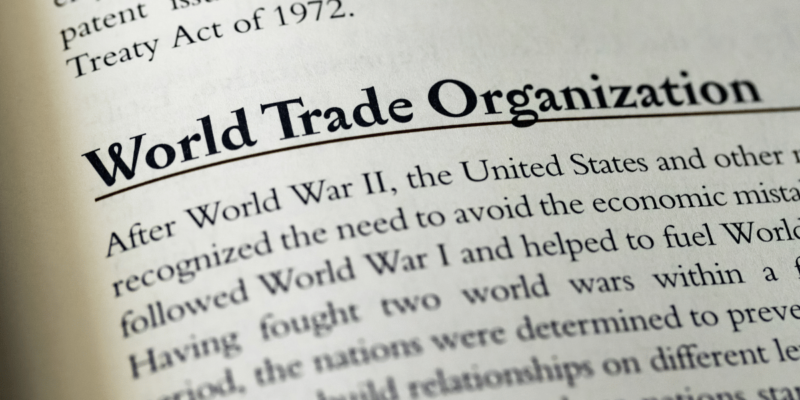Vietnam’s Rites of Passage: From Birth to Death
Birth Rituals in Vietnam
Vietnam’s approach to childbirth is understated compared to Western customs. Governed by policies aimed at controlling population growth, Vietnamese couples typically limit their families to two children, aligning with national guidelines. In urban settings, childbirth occurs in hospitals with the father’s presence increasingly common, highlighting a shift towards modern familial roles. Celebrations are notably absent immediately following the birth, reflecting cultural nuances that prioritize privacy and family bonding over public acknowledgment.
During the first 30 days postpartum, the mother and child undergo a period of seclusion, believed to protect them from bad luck. This tradition underscores the deep cultural emphasis on safeguarding the well-being of the newborn and the recuperating mother, facilitated by close family support, without the interference of the outside world.
Naming Ceremony
The naming ceremony at three months is a significant cultural event that formally introduces the child to the community. This celebration is marked by joyous gatherings, where family ties and communal bonds are reaffirmed. The practice of delayed celebration highlights the community’s role in recognizing and welcoming the new member into society.
Despite the importance of these ceremonies, the administrative aspect of birth, such as registration, often sees less adherence in rural and minority communities, indicating a disparity in the observance of government regulations across different demographics.
Marriage Customs
Vietnamese weddings are elaborate affairs that underscore the familial and communal aspects of marriage rather than the couple’s individuality. The process begins with securing family approvals, reflecting the deep-rooted belief in the significance of familial consent, which transcends personal choice in marital unions.
The wedding itself is a multi-stage event starting with astrologically timed exchanges of gifts, emphasizing the cultural importance of aligning life events with cosmic forces. The main celebration features separate dining for the families, with the bride and groom moving between tables to express gratitude, symbolizing the integration of two families rather than just two individuals.
Funerary Practices
Vietnamese funerals are profound demonstrations of respect and remembrance, integrating music, communal participation, and ritualistic mourning that reflects the societal importance of honoring the deceased. The procession and subsequent rituals are steeped in tradition, with specific roles and practices dictated by long-standing customs, particularly in the north where funerals involve elaborate procedures including the temporary interment of the deceased followed by reburial.
Mourning extends over two years with structured rituals, reflecting the community’s ongoing support for the bereaved and the enduring presence of the deceased in the family’s life. These practices underscore the Vietnamese concept of death not as an end but as a transition requiring careful guidance through ritual.
Ethnic and Regional Variations
Vietnam’s cultural diversity is mirrored in the varied rites of passage practiced by its numerous ethnic groups, each adding layers of complexity to the national tapestry of life cycle rituals. These practices not only illustrate the richness of Vietnam’s cultural heritage but also highlight the nuanced differences in how life’s milestones are celebrated and honored across different communities.
This expanded view into Vietnamese rites of passage from birth through marriage to death offers a deeper understanding of the intricate tapestry of traditions that define and distinguish Vietnam’s cultural identity.

